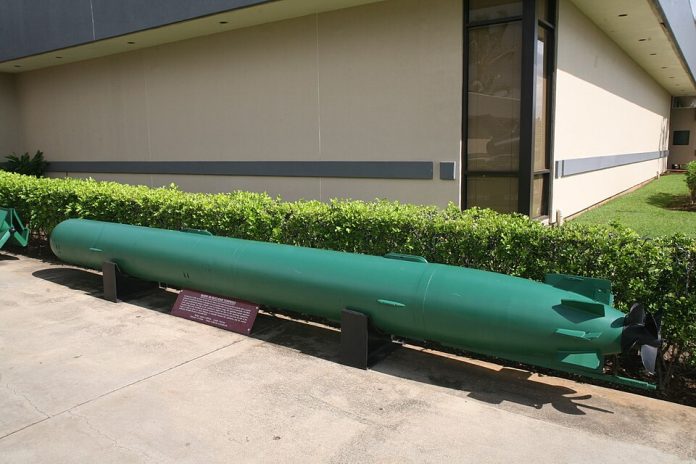
A single weapon that could wipe out a coastal city in minutes and make it uninhabitable for decades is no longer purely speculative fiction. Russia’s test of the Poseidon nuclear-powered torpedo-drone jolts an already volatile landscape in the Ukraine war, mixing technological audacity with geopolitical menace.
The announcement, by Vladimir Putin himself, came as fighting raged in eastern Ukraine, and nuclear rhetoric between Moscow and Washington reached a fever pitch. Together with other advanced systems-the Burevestnik cruise missile among them-the Poseidon is being billed as a direct challenge to US missile defenses and NATO’s strategic posture. But beneath the headlines lie far deeper stories-the origins of the weapon, its unprecedented capabilities, its legality under international law, and most of all, the brutal realities of the war it shadows.
Here are nine of the most compelling developments and insights on the Poseidon, its place in Russia’s military strategy, and the wider conflict in Ukraine.

1. Putin Boasts of ‘Unstoppable ‘Doomsday Machine’
In late October, Vladimir Putin informed wounded soldiers in Moscow that for the first time, Russia had successfully test-launched the Poseidon-with its nuclear power unit turned on. He said its destructive potential was even higher than that of the Sarmat intercontinental ballistic missile. According to Kremlin media, the 20-metre-long 100-tonne torpedo is capable of traveling at up to 200 km/h, with unlimited range thanks to a compact nuclear reactor said to be “100 times smaller” than those on submarines. The president insisted there was “nothing like this” anywhere else in the world and explained that no methods of interception exist.
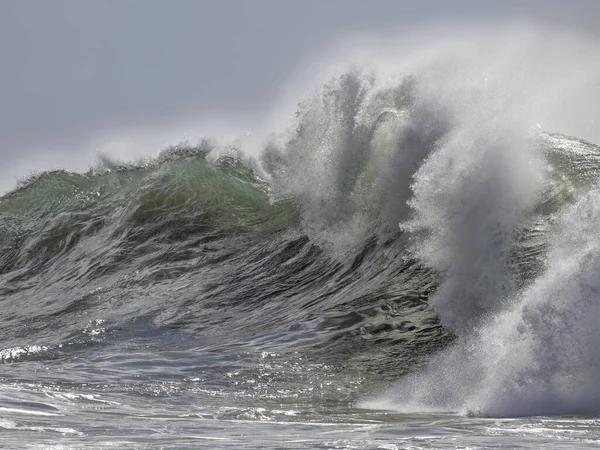
2. Radioactive Tsunami-Generating Weapon
But the principal destructive means of Poseidon wouldn’t be a direct hit; it detonates a multi-megaton warhead underwater to produce a huge, radioactive tsunami. Such a swell could flatten coastal cities and naval bases, poisoning them for generations. US officials, including Christopher Ford in 2020, warned that it was intended to “inundate US coastal cities with radioactive tsunamis.” The maritime environment becomes a weapon in itself-a completely new approach in modern nuclear doctrine.
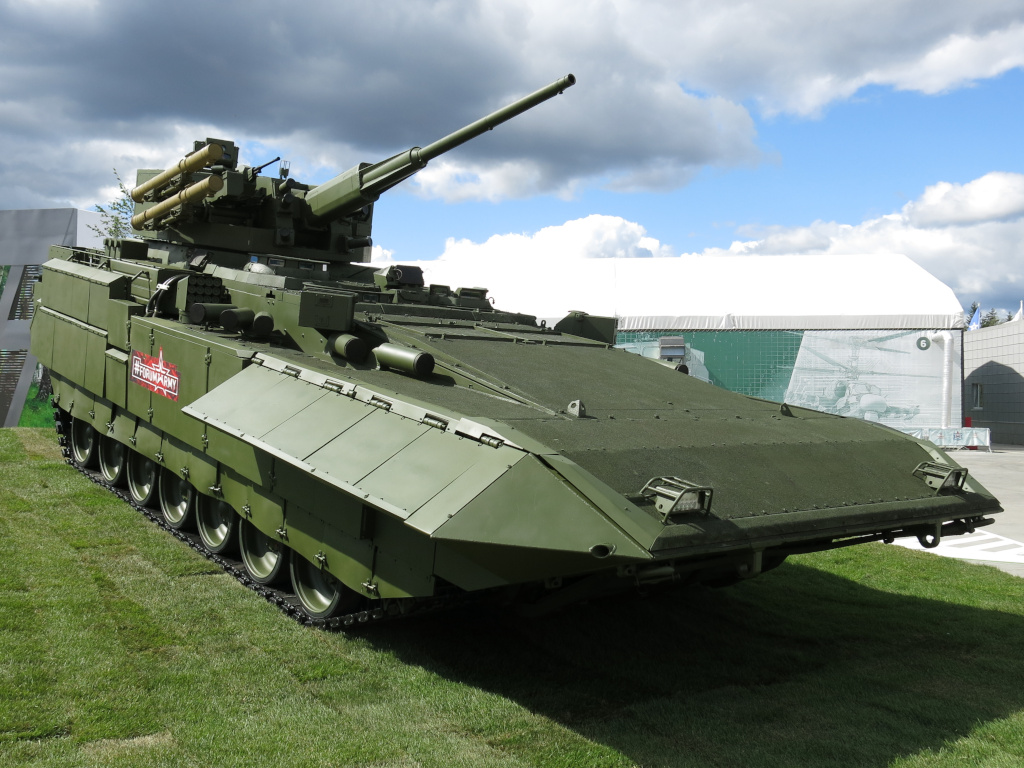
3. Soviet Roots and Technological Evolution
Nuclear-armed torpedoes are nothing new; the ideas essentially date back to the 1950s with Soviet projects like the T-5 and T-15. Indeed, one nearly saw its launch during the Cuban Missile Crisis, saved only by the intervention of Vasili Arkhipov. Poseidon makes a leap from those human-controlled systems to an autonomous platform guided by remote communications and onboard automation. Powered by a nuclear reactor, it is believed to operate at depths up to 1,000 meters and ranges of 10,000 km, evading acoustic tracking and conventional anti-submarine measures.
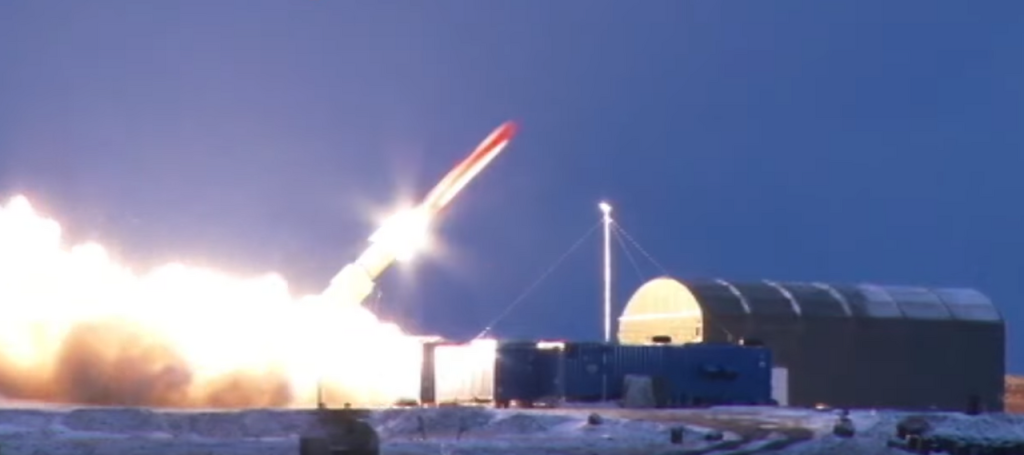
4. Strategic Messaging to the United States
The timing, coming only days after the test of the nuclear-powered Burevestnik missile and nuclear drills, underlines its role in strategic signaling. Both systems were announced as a response to the development by the US of missile defenses after its withdrawal from the 1972 Anti-Ballistic Missile Treaty. The Kremlin’s narrative is one of Poseidon ensuring retaliation capability against US assets, circumventing missile shields, and projecting deterrence far beyond Ukraine’s battlefields.

5. Legal Challenges Under International Law
Indeed, scholars believe that Poseidon would violate the ENMOD Convention and Additional Protocol I of the Geneva Conventions. In the words of Professor Raul Pedrozo, an intentional generation of a radioactive tsunami would constitute a prohibited use of environmental modification techniques having widespread, long-term, and severe effects. Such tactics also would disregard the principle of distinction in their impact on civilian populations and could, as such, constitute illegal weapons in their own right under the law of armed conflict.

6. Deployment plans and submarine platforms
Reports in the Russian media indicate that at least 30 Poseidon torpedoes are planned for production, to be carried by four submarines: the K-329 Belgorod capable of carrying six torpedoes; a second platform currently under development is the Khabarovsk. Modified submarines like the Sarov have been used in the testing of prototypes. The Belgorod is expected to join the Pacific Fleet by early 2025, extending the weapon’s reach across multiple theatres.
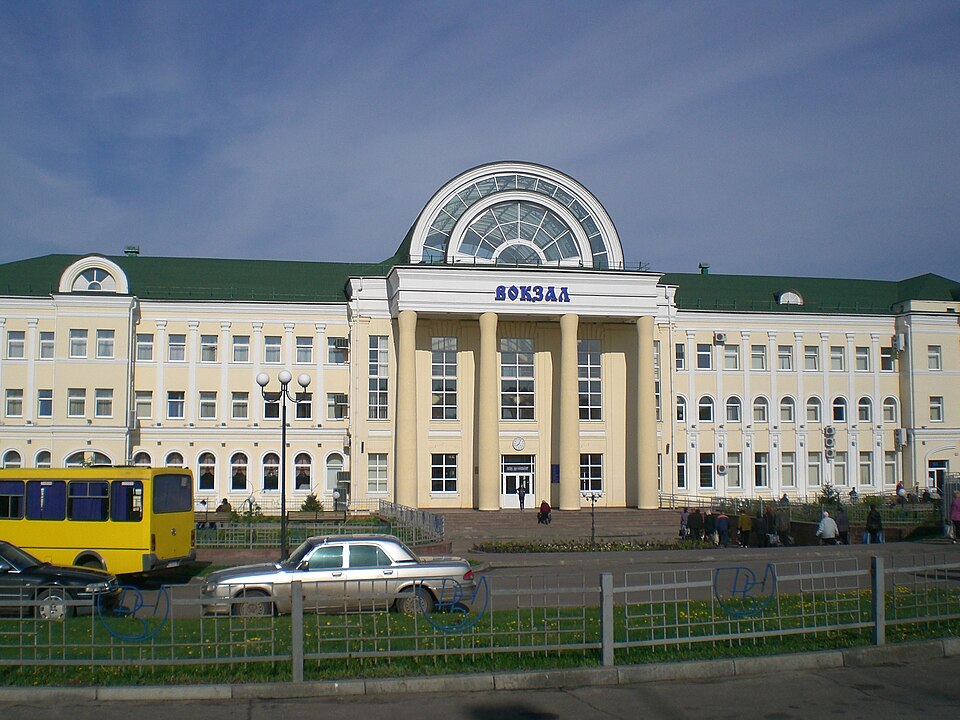
7. Battlefield Context: Pokrovsk and Kupiansk
Meanwhile, Russia exposes its nuclear superweapons and goes on to intensify ground offensives in eastern Ukraine. The fighting around Pokrovsk sees Ukrainian forces face an estimated 11,000 Russian troops in concentrated assaults. Infiltration around Kupiansk takes advantage of any gaps in defenses, as small groups of infantry and drones cut logistics routes. President Zelenskyy identified Pokrovsk as “the most difficult” sector across the 1,250 km frontline-intriguing contrast between futuristic nuclear systems and grinding attritional warfare.

8. Drone Warfare and Civilian Impact
Beyond the nuclear threats, Russia’s use of armed quadcopter drones in Kherson has caused hundreds of civilian casualties. Human Rights Watch documented deliberate strikes on pedestrians, ambulances, and infrastructure; sometimes, it dropped internationally prohibited PFM antipersonnel mines. These attacks, which have been causing depopulation and terror, represent how easily inexpensive commercial drones can be adapted for unlawful combat purposes-a grim parallel with the high-tech Poseidon regarding asymmetric impact.

9. Psychological Weapon or Battlefield Reality?
For some analysts, Poseidon is mostly a psychological tool, amplifying fear and uncertainty to push the adversaries toward opening negotiations on missile defense. Its operational status has not been confirmed, and earlier tests resulted in technical failures. However, the continuous investment by the Kremlin, publicized trials, and an integral part of strategic messaging make it, for most intents and purposes, a little more than propaganda, whether or not it ever sees combat use. The Poseidon torpedo-drone sits at the intersection of technological ambition, environmental peril, and geopolitical brinkmanship. Its testing amidst fierce battles in Ukraine, amidst an increase in nuclear rhetoric, is a harbinger of times to come when hostilities will be taken further from traditional battlefields, weaponizing the oceans themselves. Whether it becomes an operational reality or remains a tool of intimidation, its existence forces a reckoning with the limits of deterrence, the fragility of arms control, and the urgent need to address the legal and humanitarian boundaries of modern conflict.
